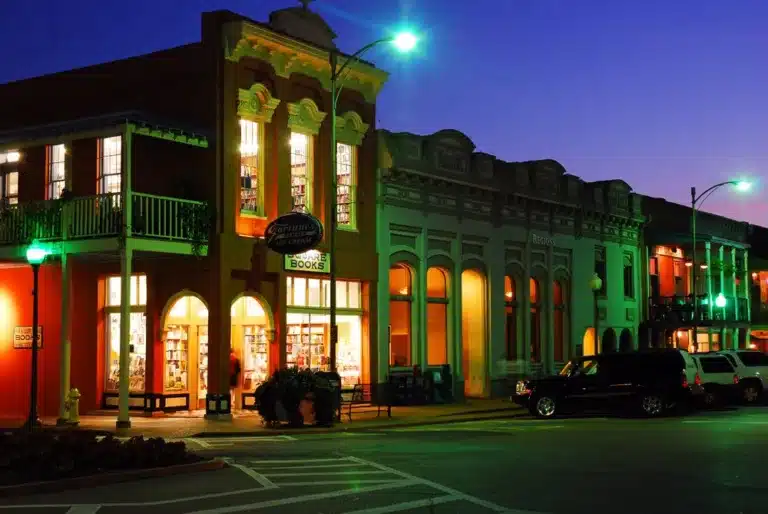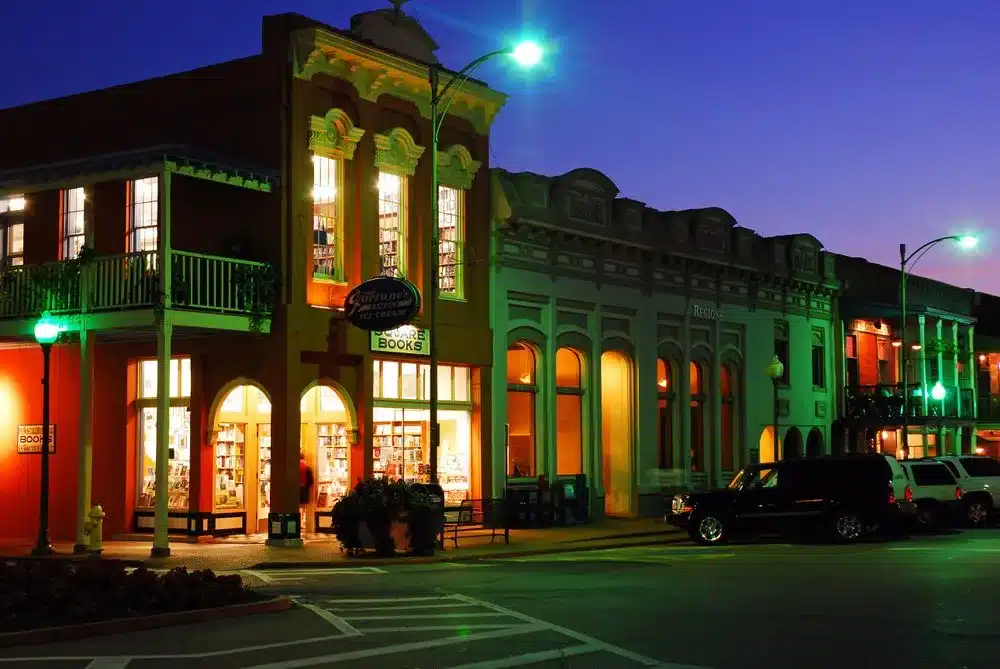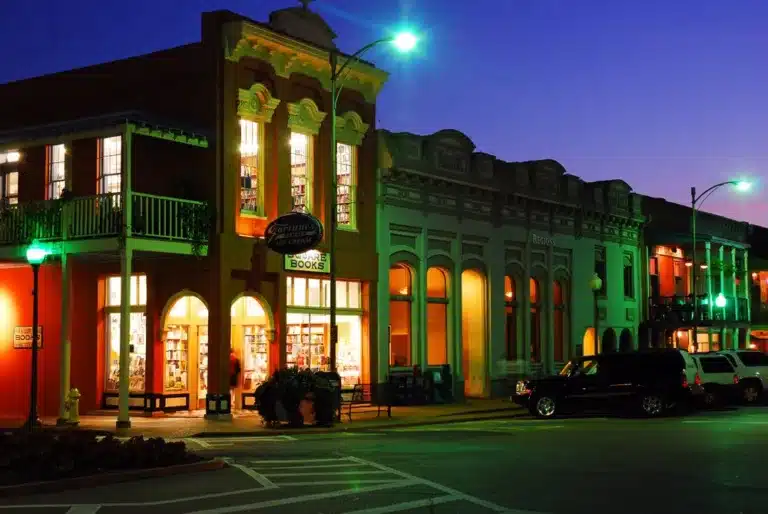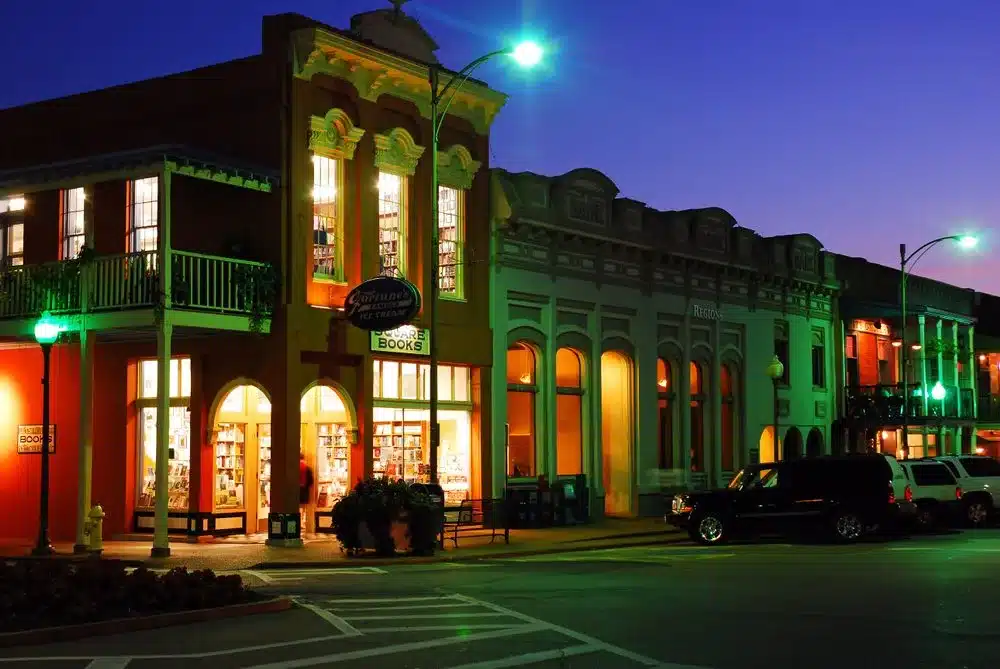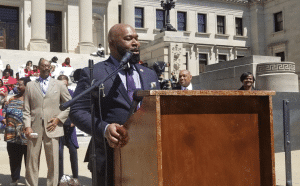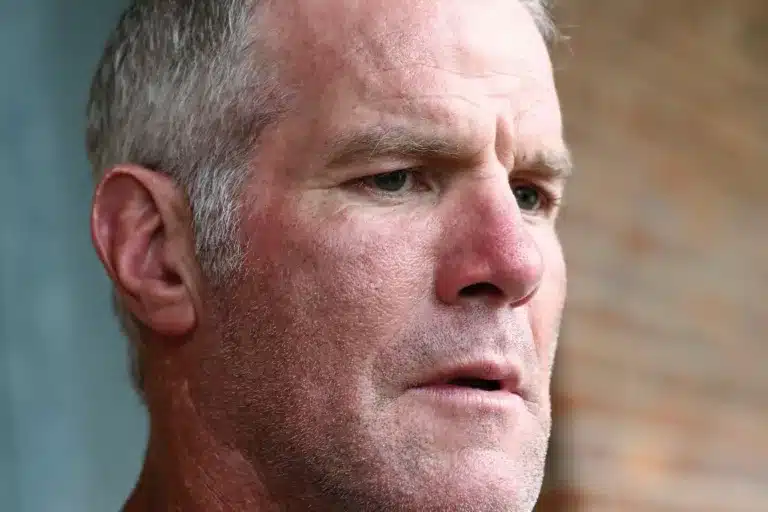This article first appeared on the Magnolia Tribune.
- After nearly two decades as a performing arts and conference center, the catalyst for Meridian’s downtown renaissance is the crown jewel of the Queen City.
Morgan Dudley has seen her share of stunners perform on the Grand Opera House stage during her five years at Meridian’s MSU Riley Center, but one 2022 show in particular rises above them all.
Bob Dylan, touring in support of his Rough and Rowdy Ways album, named after a song by Meridian’s native son and “father of country music” Jimmie Rodgers, earned the distinction of having the fastest-selling show in the theater’s history to date.
But that wasn’t the most remarkable memory for Dudley. Instead, it was how Dylan intentionally sought to perform here — at 950 seats, it was easily the smallest venue of the tour — in tribute to Rodgers and the region that influenced his famous sound. He even broke his own long-standing custom of not addressing the audience, instead preferring to let the music speak for him, to pay his respects.
“He walked out to the middle of the stage and said, ‘It’s great to be in Mississippi, home of Jimmie Rodgers’ — and the people who followed him all the across country were like, ‘Oh my gosh, he just spoke,’” recalls Dudley, who is now the center’s director of conferences, events and operations.
During the same season, singer-songwriter and guitarist Boz Scaggs capped his set with a total of five encores, returning to the stage over and over to continue playing. While his production manager was shocked at this unorthodox sight, Dudley wasn’t too surprised. Artists typically have an awed reaction to the intimate 1890s theater and the welcoming local audiences.
“Our favorite moments are when they get to the venue and walk on stage, and they just stop and stand there for a second and take it in,” she says. “It’s really cool to see artists that are multi-Grammy Award winners and have been doing it for decades, and it’s almost like their first time seeing a venue.”


Originally built as part of the five-story Marks-Rothenberg department store in downtown Meridian, the theater hosted vaudeville and minstrel shows, operas and stage plays in its early years. Troupes traveling from New York by rail found Meridian a suitable stopping point and performed for Grand Opera House audiences.
In time, motion pictures began to replace the traveling shows, so owners added a movie screen. The advent of specialized movie palaces, though, left the venue without an audience. The Grand Opera House closed its doors in 1927, while the department store thrived for several more decades before shuttering in 1990.
An effort to restore and repurpose the entire Marks-Rothenberg building found success in 2006, when Mississippi State University completed a $25 million renovation project and reopened the space as a conference center and performing arts venue.


In the nearly two decades since, an array of artists have performed on the Grand Opera House stage. The theater has built a reputation for producing concerts featuring all-time greats and contemporary music stars, such as blues legends B.B. King, Bo Diddley and Buddy Guy, and country stars Tanya Tucker, Clint Black and Martina McBride. The staff also curates events from other performing-arts disciplines, as well, such as comedy shows featuring Jay Leno and Tig Notaro and touring dramatic productions.
The MSU Riley Center recently announced its 2024-2025 season, which kicks off August 22 and runs through May 2025, with performances by country star Billy Ray Cyrus, soul singers The War and Treaty, and Mac McAnally, a Tremont native and Jimmy Buffett’s musical director for several years. Additionally, off-season performances include Las Vegas entertainer Wayne Newton on July 20 and Americana singer-songwriter Nikki Lane on August 8.
“This season, we have everything from country to rock to Americana, singer-songwriter, soul, a little R&B,” she says. “We’ve got Postmodern Jukebox, who is kind of their own genre, because they take modern songs and put a vintage vibe to it. We look for artists that are going to please a variety of different people.”


Meanwhile, Mississippi State University also transformed the adjacent Deen building into classroom space for its Meridian campus, and the conference center hosts meetings and multi-day events in spaces that can accommodate up to 600 people for receptions and seats more than 500 for dinners, in addition to another 10 meeting rooms.
Another key ingredient in the MSU Riley Center’s success is the revitalization of downtown Meridian. With its own project leading the charge, new restaurants and a brewery have opened, as well as the Mississippi Arts + Entertainment Experience, an interactive museum that tells the story of the state’s creative legacy with programs to aid students and young artists.
But when the 16-floor, art deco Threefoot Building, once Mississippi’s tallest structure, reopened as a hotel operated by Marriott’s Tribute Portfolio in 2021, the downtown trifecta of entertainment, dining and lodging was finally complete.
“Having the involvement of downtown and having lodging, especially at our back door, and the multiple restaurants that have popped up, have all made an impact on our business and the flow of events,” she says. “People can literally park their car one time and eat and stay and be entertained. It’s not only impacted our conference business, but it’s really helped on the performing arts side and patronage there, too.”
This article first appeared on the Magnolia Tribune and is republished here under a Creative Commons license.
Read original article by clicking here.






